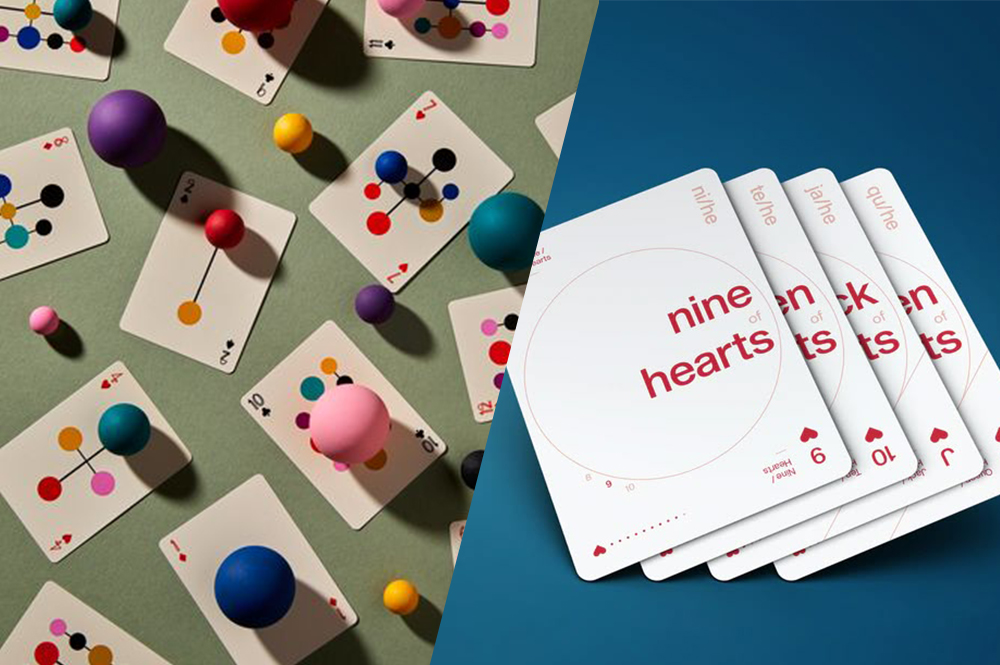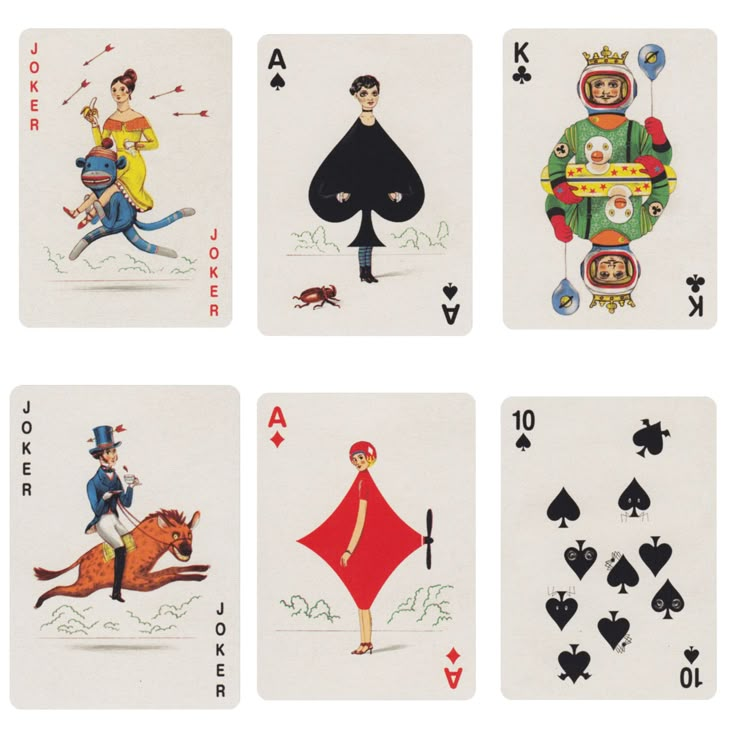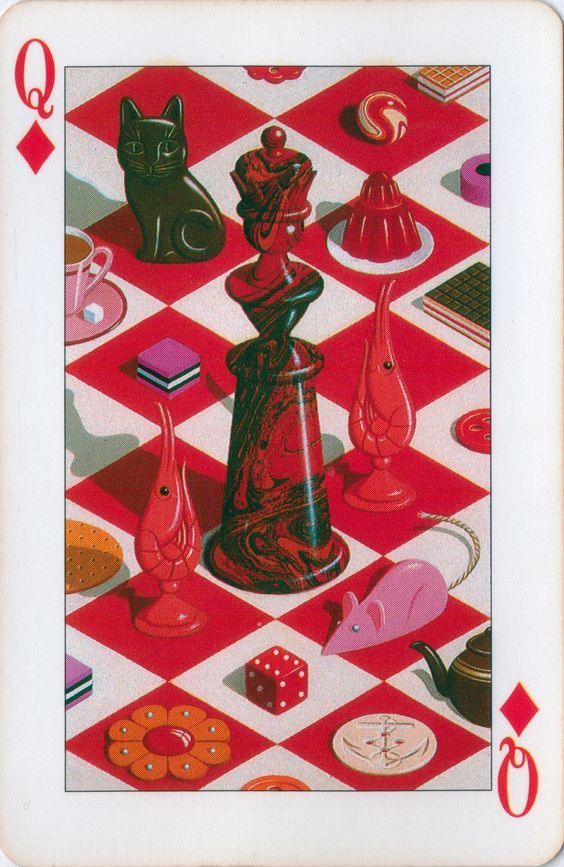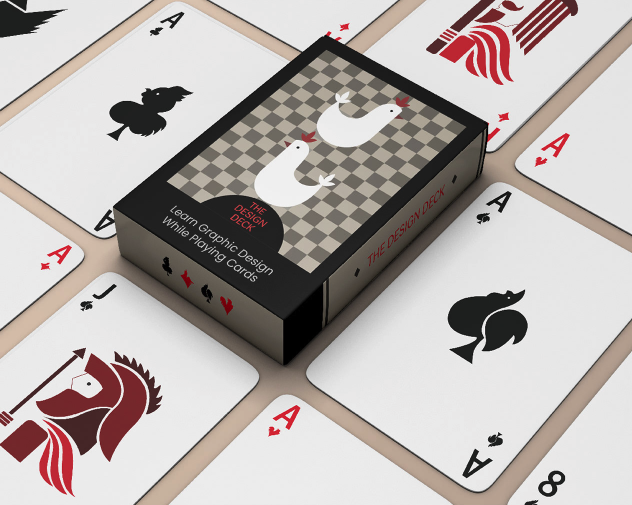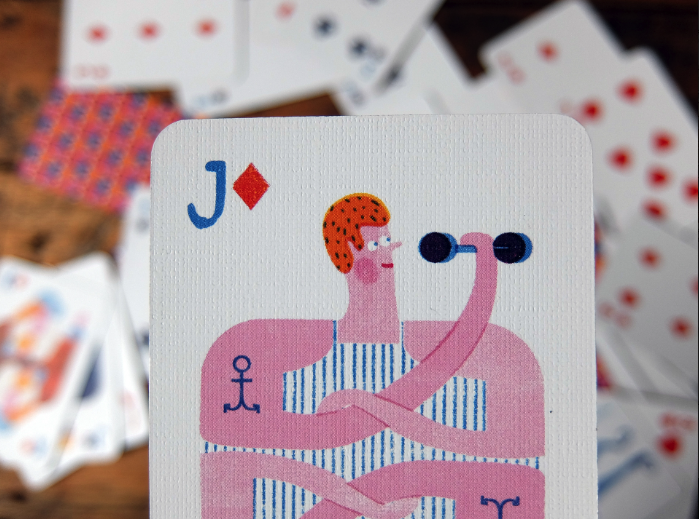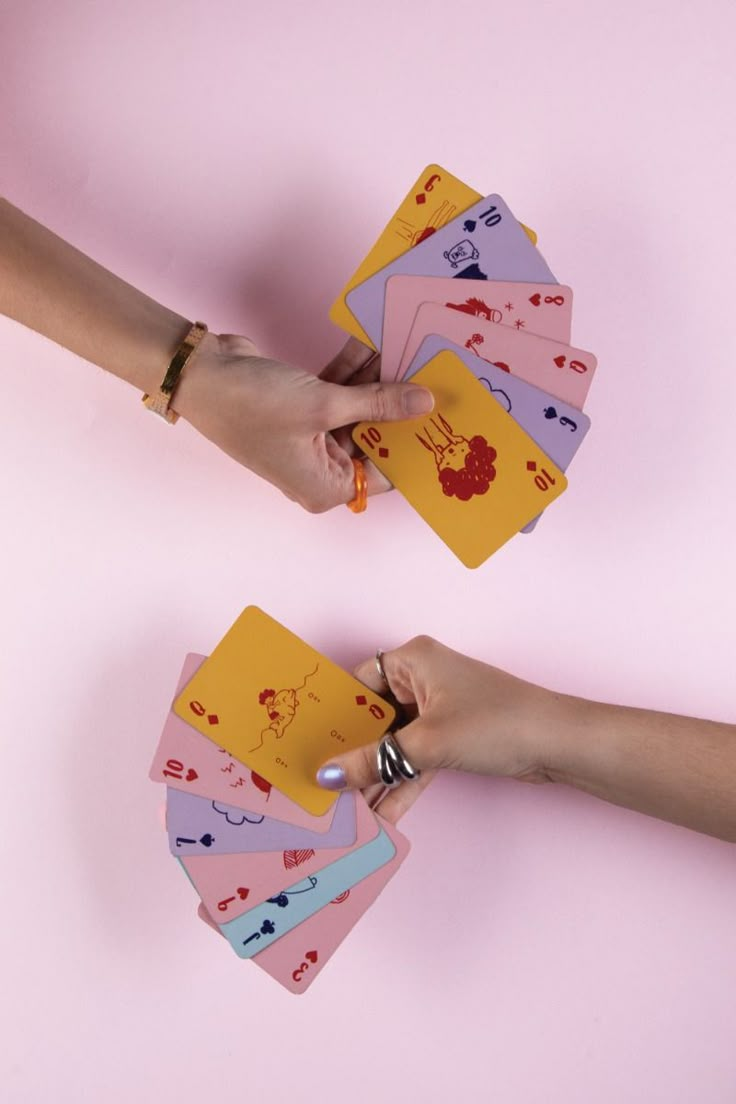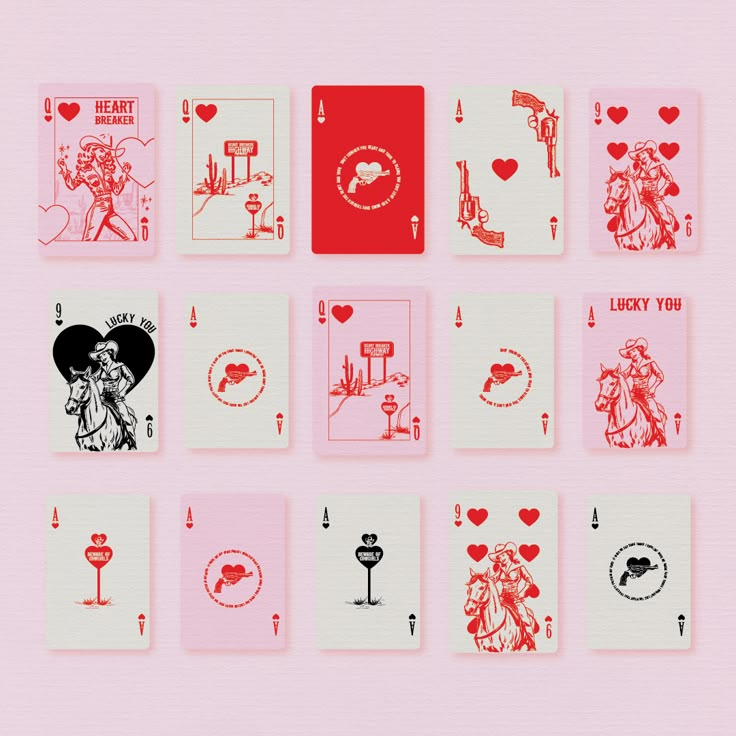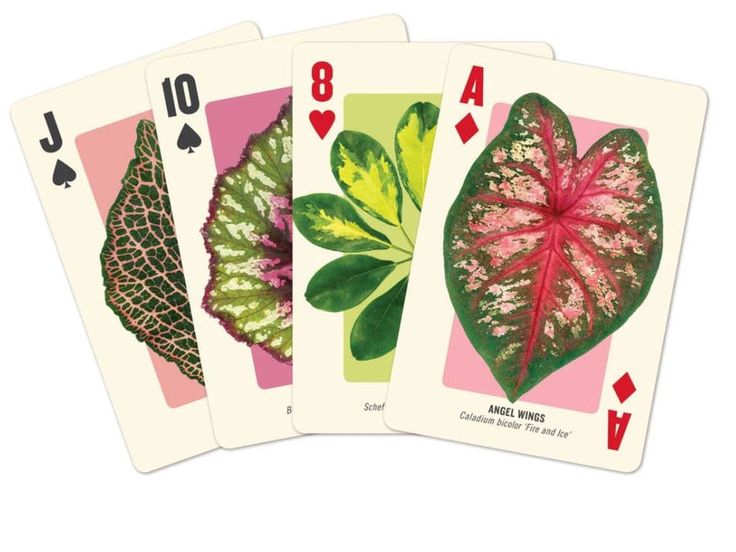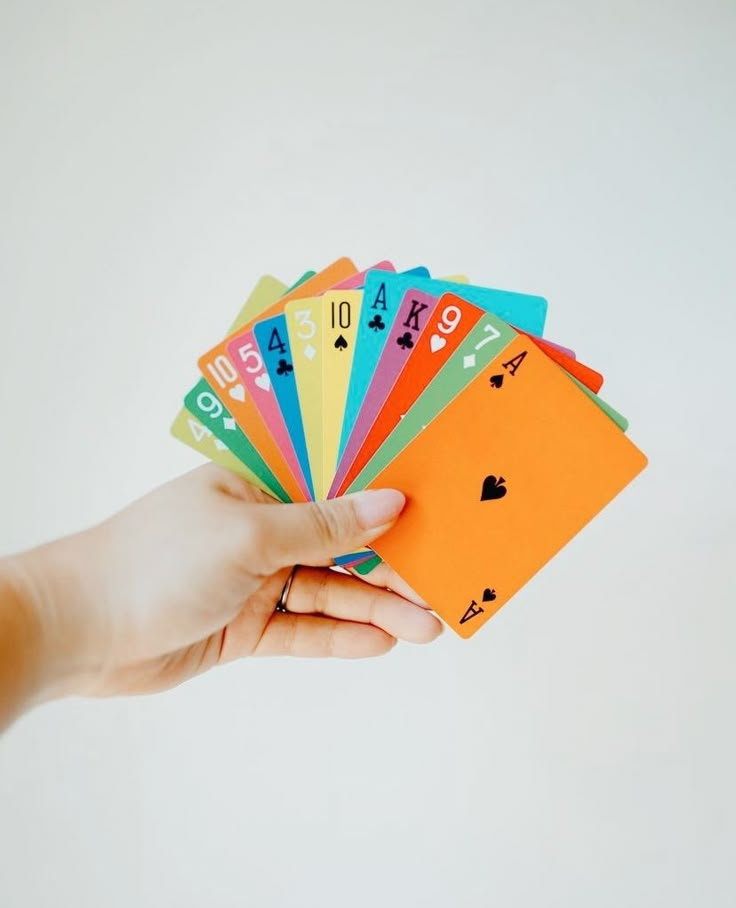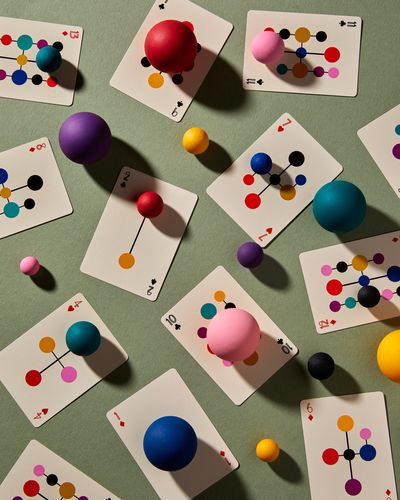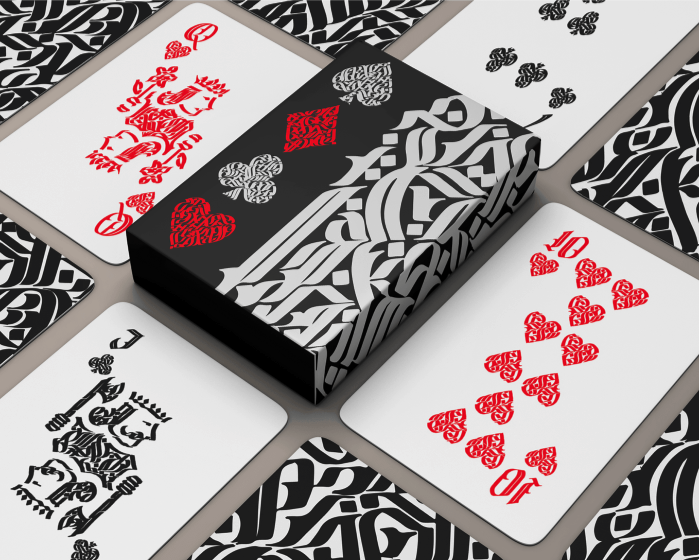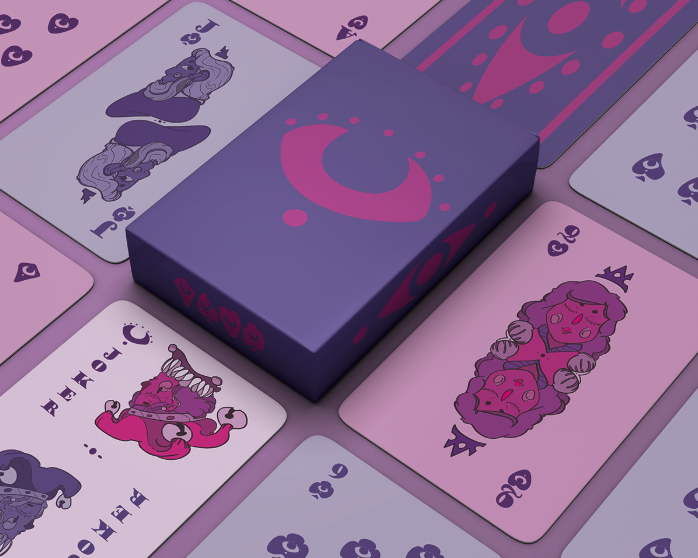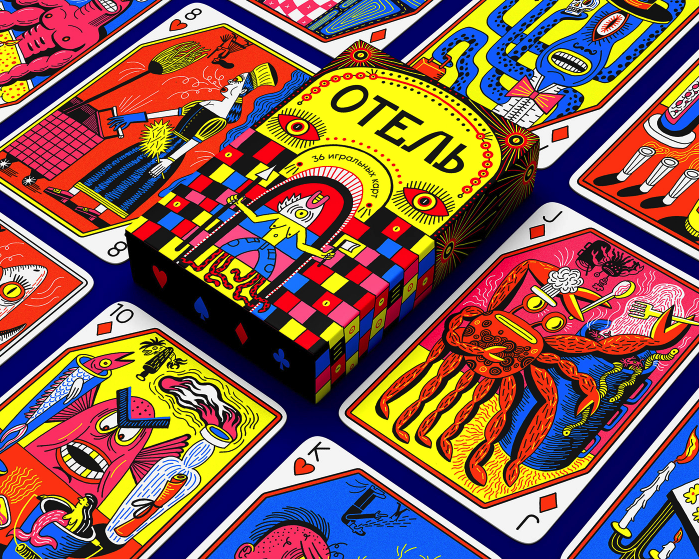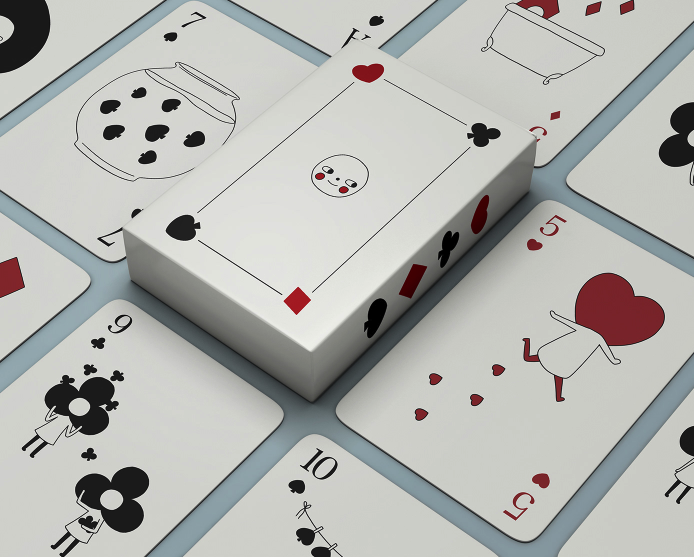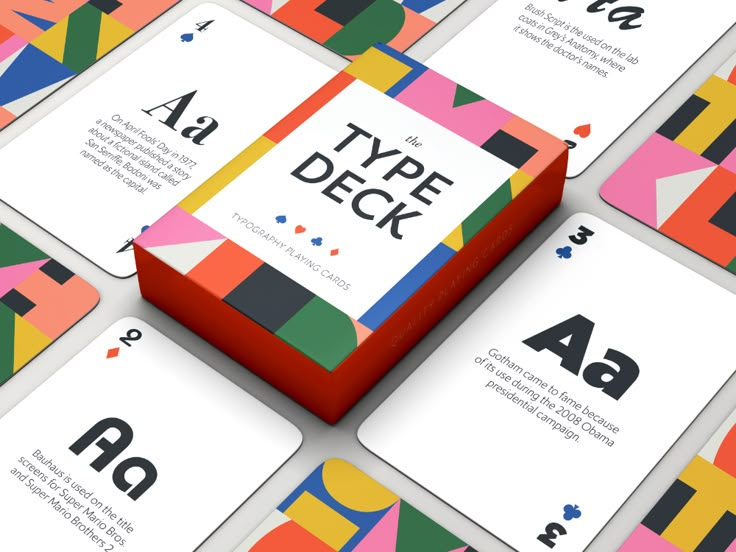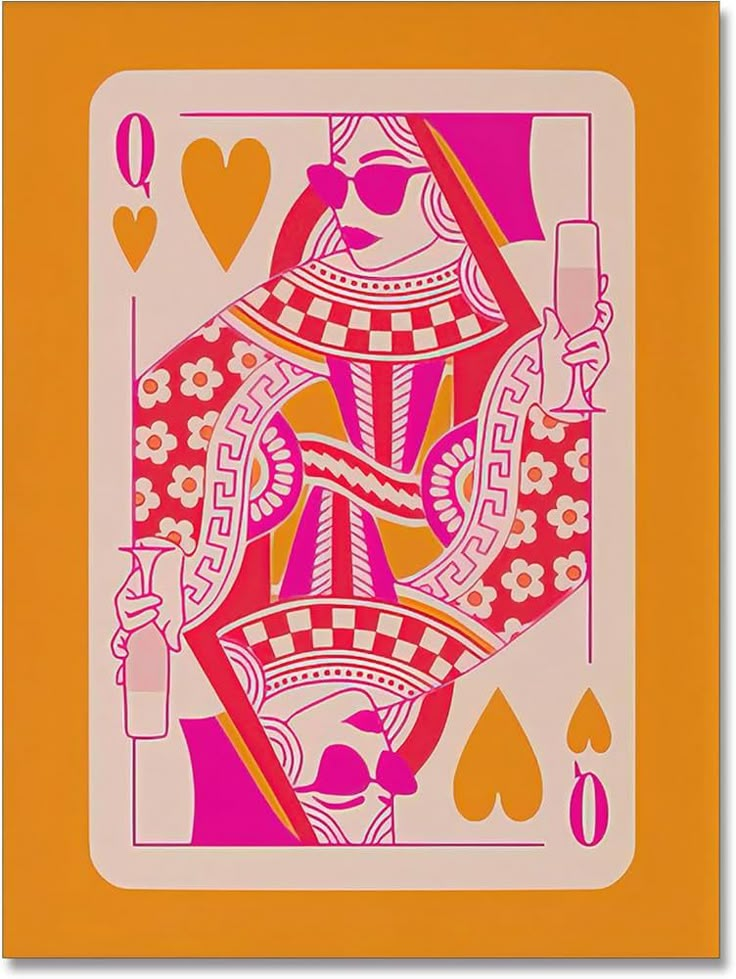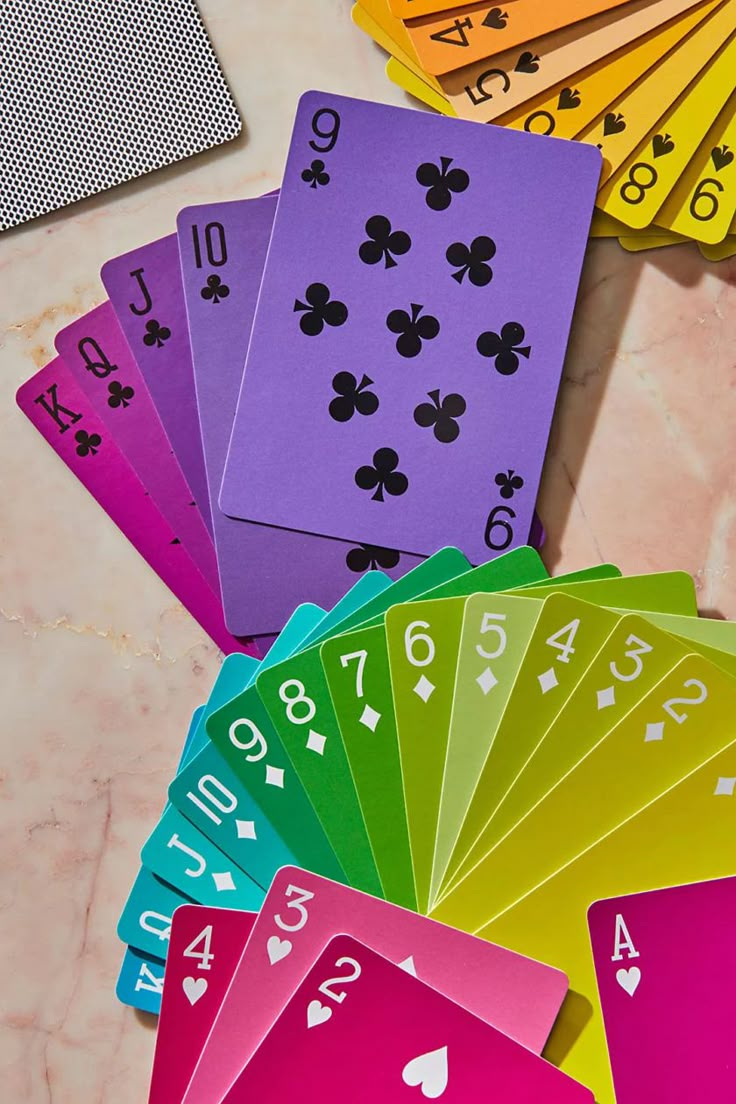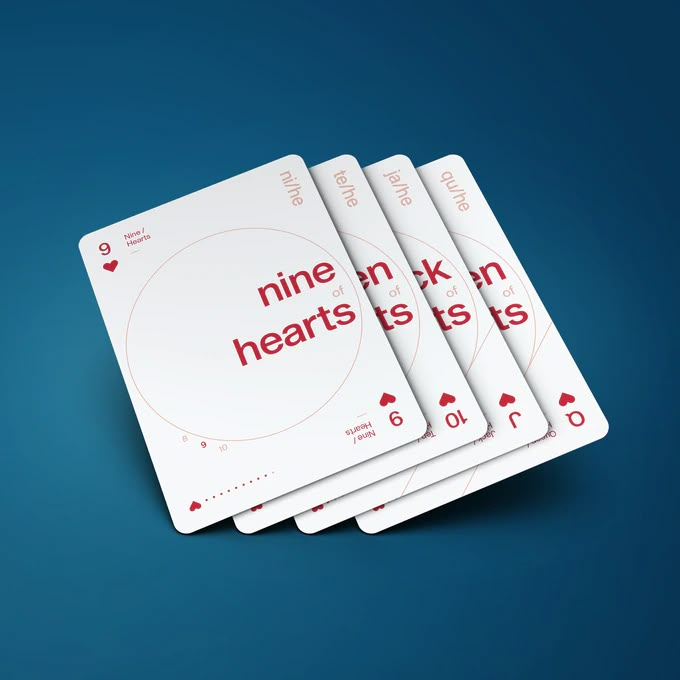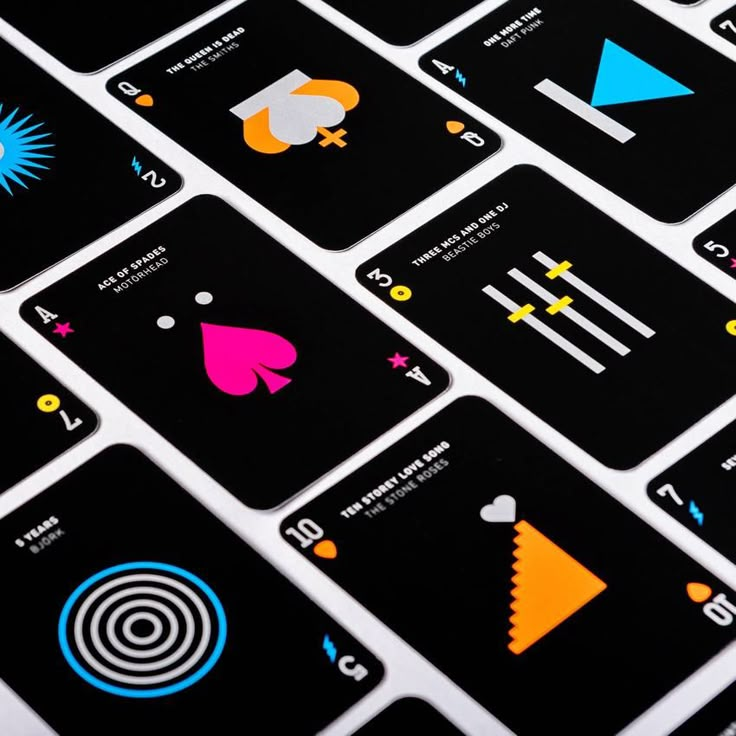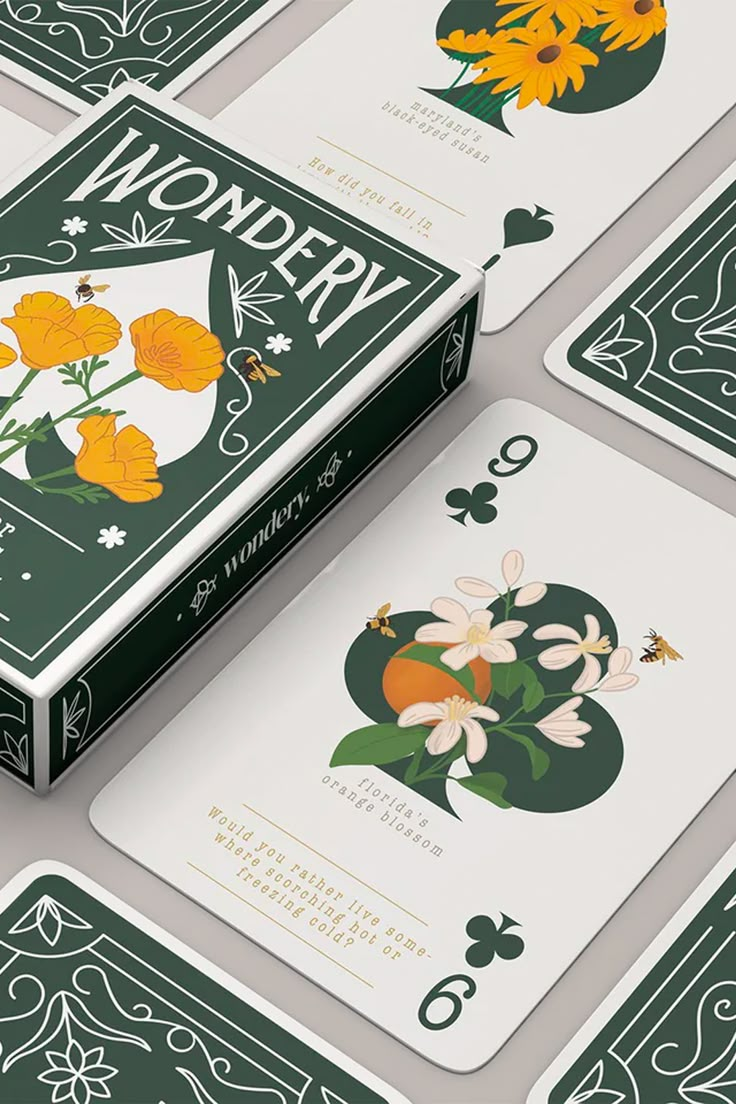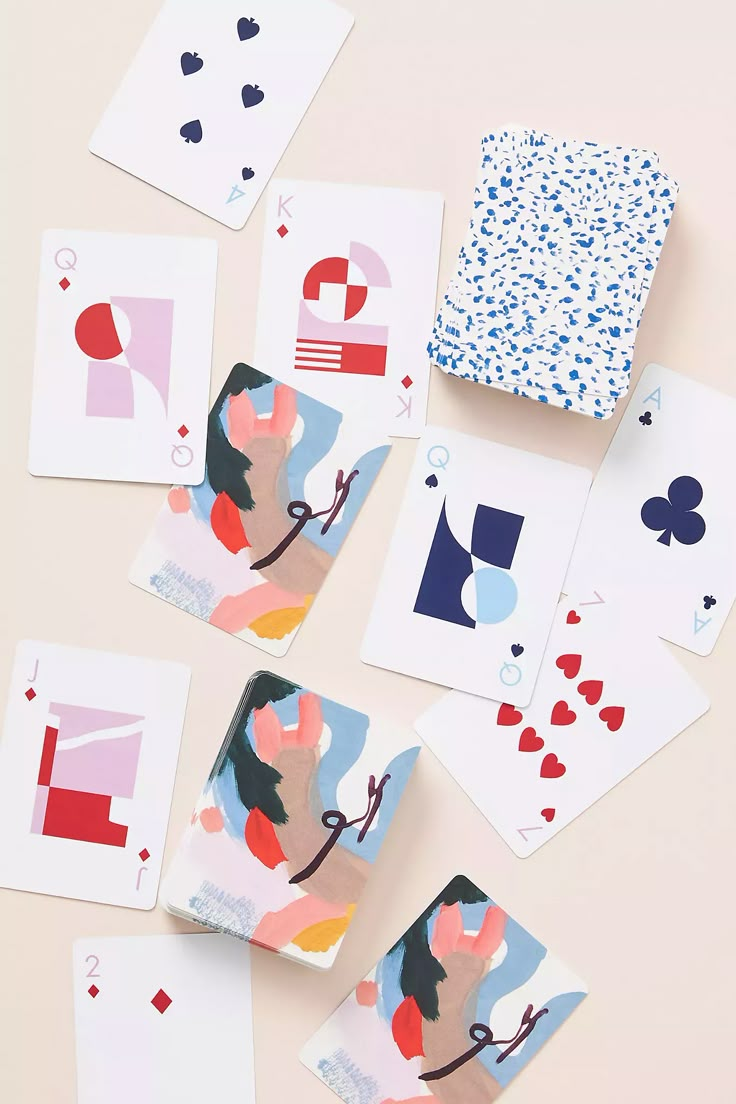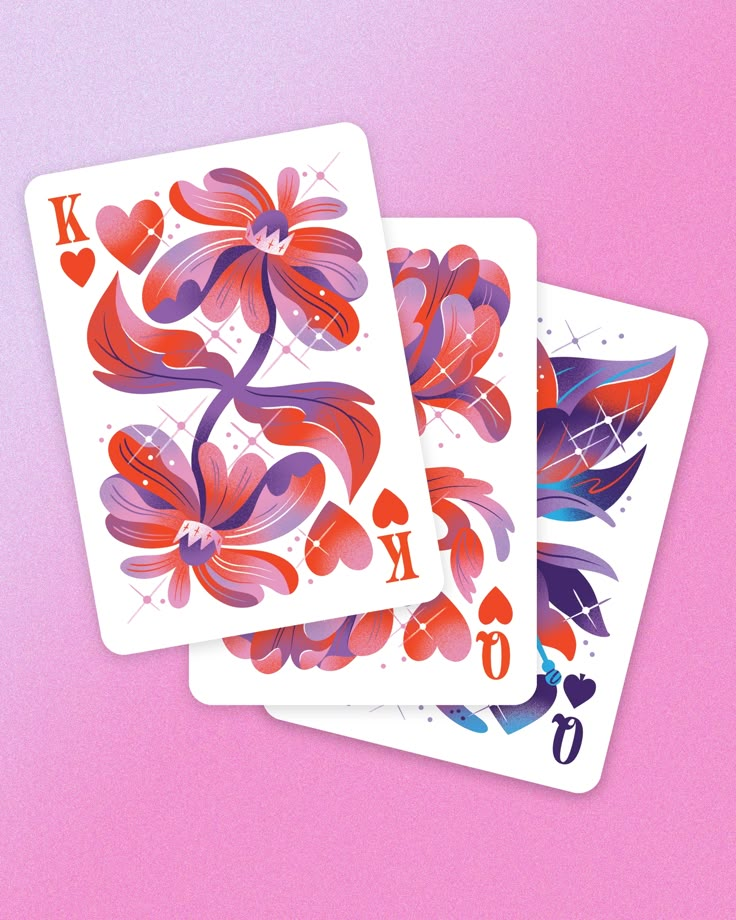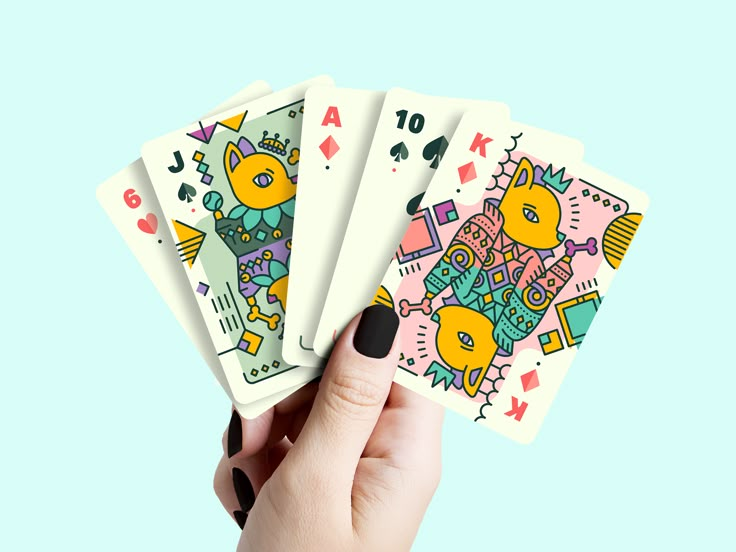For centuries, playing cards have been an essential part of gaming culture, offering entertainment, strategy, and even a touch of mystery. With their origins tracing back to ancient China and the Middle East before making their way to Europe in the 14th century, playing cards have evolved into an iconic part of everyday life. But beyond their function in games of chance and skill, playing cards present a unique opportunity for designers and illustrators to push the boundaries of creativity.
The standard 52-card deck we know today is the result of centuries of refinement
Originally featuring hand-painted designs, early European decks varied in suits and structure before the French system of hearts, diamonds, clubs, and spades became the norm. In addition to standard decks, playing cards have also been used for artistic expression, with limited-edition and custom-designed decks becoming highly sought-after collector’s items. Today, thanks to advancements in printing technology and crowdfunding platforms, independent artists and designers can create and distribute their own unique decks, pushing the medium beyond traditional aesthetics.
What makes playing cards such an exciting medium for designers?
A deck of cards is essentially a set of 52 miniature canvases, each offering an opportunity for intricate detail, narrative storytelling, or abstract beauty. From minimalist monochrome designs to elaborate hand-drawn illustrations, artists have transformed playing cards into mesmerizing works of art.
Many custom decks tell a story or explore a central theme, such as mythology, folklore, or sci-fi, creating an immersive experience for players. The King, Queen, and Jack—known as the court cards—often become a focal point for artistic reinterpretation, ranging from historical figures to modern pop-culture icons. Some designers incorporate innovative typography and custom suits to craft an entirely new visual language, making their decks stand out. Others focus on luxurious materials, using high-quality card stock, foil stamping, embossing, and metallic inks to enhance both the look and feel of the deck, turning it into a true collector’s item.
While playing cards are often admired for their artwork, the material they are printed on plays a crucial role in their functionality. Most high-quality decks are made from a specially formulated paper stock that combines durability with a smooth, flexible feel. A common choice is a blend of layered paper with a plastic coating, ensuring cards can withstand frequent handling without losing their crispness. The quality of the paper, along with the printing techniques used, can make a significant difference in how a deck performs and ages over time.
With each new deck, artists have the chance to reimagine an age-old tradition, proving that even something as familiar as a deck of cards can be reinvented in exciting and unexpected ways.
From classic aesthetics to experimental designs, several standout playing card concepts have redefined the medium. Whether created as a passion project, a promotional piece, or a functional tool for magicians and cardists, playing cards continue to be a limitless source of inspiration for designers. With each new deck, artists have the chance to reimagine an age-old tradition, proving that even something as familiar as a deck of cards can be reinvented in exciting and unexpected ways. Below you can enjoy some of the most creative and imaginative playing card deck designs we’ve come across lately!
Click on the image for its original source

